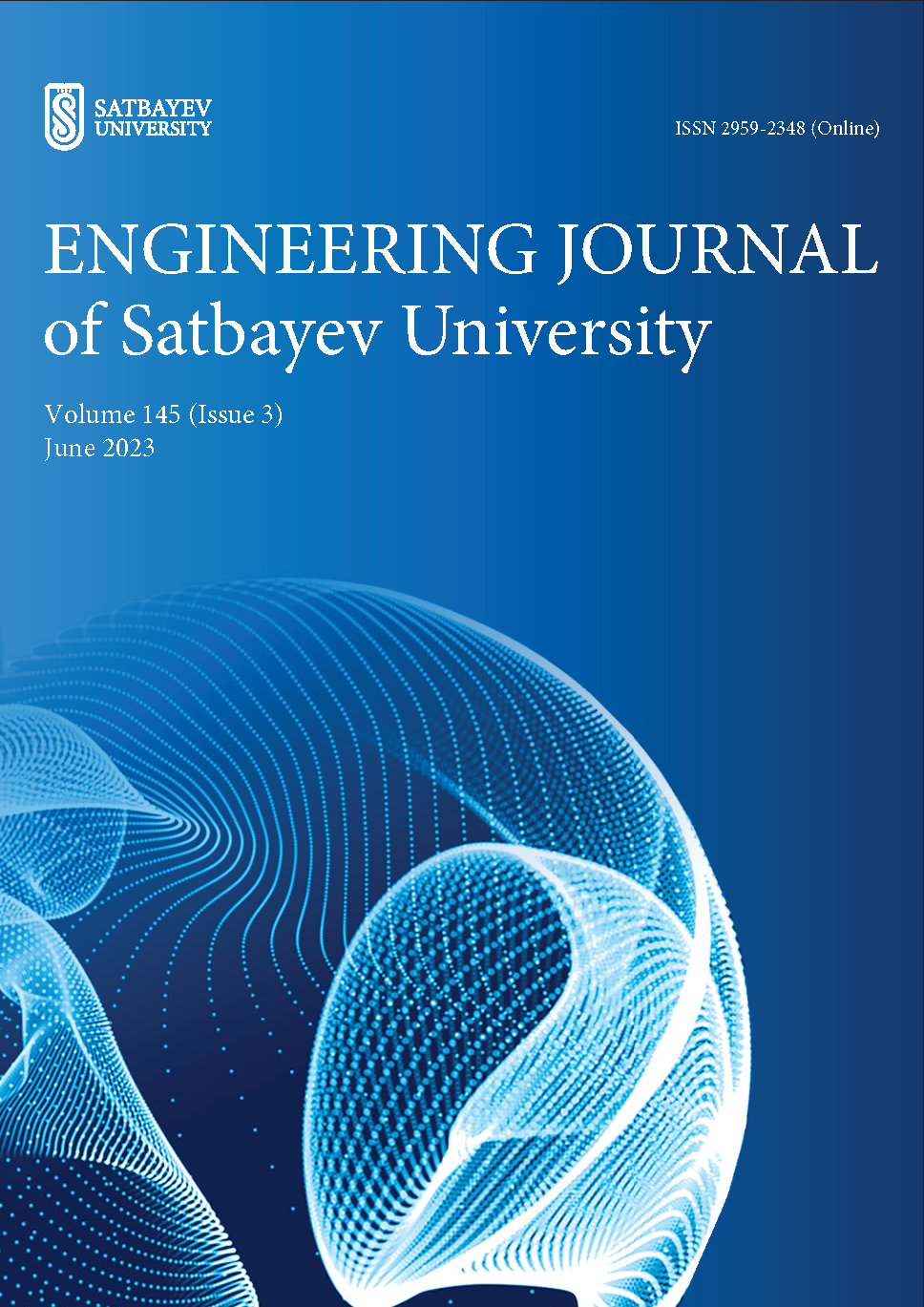Earth remote sensing application for forest fire size, burn state and fire recovery
DOI:
https://doi.org/10.51301/ejsu.2023.i3.05Keywords:
forest fires, earth remote sensing, area of forest fires, fire severity, forest restorationAbstract
Forest fires greatly affect forest ecosystems, causing the loss of their biodiversity and their resilience. In addition, they have a strong impact on the global carbon balance and, ultimately, climate change. This article analyzes studies of remote sensing techniques and data used to estimate the area of forest burnt, fire severity, fire impacts, and patterns of reforestation at the global level. The study discusses the results of an analysis based on 329 selected articles on major aspects of the field of study published in 48 journals over the past two decades (2000-2020). Article characteristics were analyzed, including journals, spatial extent, geographic distribution, types of remote sensing sensors, ecological zoning, tree species, spectral indices, and accuracy measures used in the studies. The paper also discusses the main trends, problems and the increasing value of various remote sensing methods in assessing the area of forest fires, the severity of fires and post-fire recovery. Finally, it identifies potential opportunities for future research using next-generation remote sensing systems, classification methods and cloud computing, as well as new process platforms for regional and large-scale research applications.
Downloads
Published
How to Cite
Issue
Section
License
Copyright (c) 2023 Engineering Journal of Satbayev University

This work is licensed under a Creative Commons Attribution-NonCommercial-NoDerivatives 4.0 International License.
<div class="pkpfooter-son">
<a rel="license" href="http://creativecommons.org/licenses/by-nc/4.0/"><img alt="Creative Commons License" style="border-width:0" src="https://i.creativecommons.org/l/by-nc/4.0/80x15.png"></a><br>This work is licensed under a <a rel="license" href="http://creativecommons.org/licenses/by-nc/4.0/">Creative Commons Attribution-NonCommercial 4.0 International License</a>.
</div>





